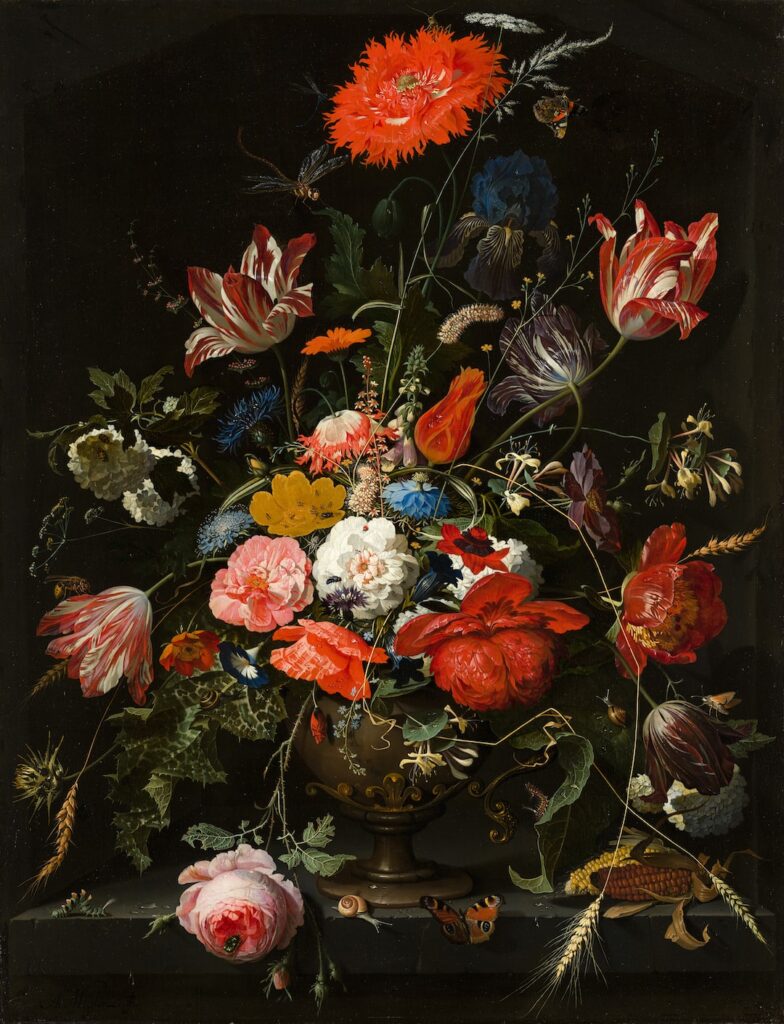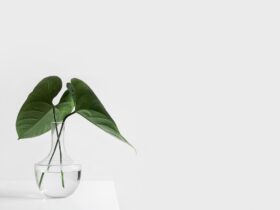The Surprising World of AI Art: Are Machines More Creative Than Humans?
Artificial Intelligence (AI) has revolutionized various industries, and one of the most intriguing developments is its foray into the world of art. AI-generated art has sparked lively debates about creativity, originality, and the future of artistic expression. In this blog post, we’ll dive deep into the realm of AI art, exploring its significance, impact, and the burning question: Can machines truly be more creative than humans when it comes to art?
The Rise of AI in Art
AI has swiftly made its presence felt in the art world, challenging traditional notions of creativity and human expression. As surprising as it may sound, machines are producing artworks that are captivating audiences and even commanding high prices in the art market.
According to recent studies, 71% of art collectors have either purchased or are open to purchasing AI-created artwork. This statistic underscores the growing acceptance and allure of AI art within the art community.
The Intricacies of AI Art
So, what exactly is AI art, and how does it work? AI art is created using algorithms, deep learning techniques, and sophisticated programming that enable machines to analyze existing artworks, learn from them, and generate new pieces based on the acquired knowledge.
AI algorithms can produce a wide range of art forms, including paintings, sculptures, music, and even poetry. The ability of AI to mimic different art styles and techniques is truly astounding, blurring the lines between human and machine creativity.
The Controversy
Unsurprisingly, the rise of AI art has sparked controversy, with critics questioning whether artworks created by machines can genuinely be considered as art. However, many proponents argue that AI art should be embraced as a new form of creativity, coexisting alongside human-generated art.
How AI Art Can Enrich Daily Life
You may be wondering how AI art is relevant to your daily life. Well, it’s not just about appreciating the aesthetic value of AI-generated artworks. The principles and processes behind AI art can be applied in various facets of our lives, fostering creativity, innovation, and problem-solving.
How to Embrace AI Art in Your Daily Life
1. Exploration: Take the time to explore and appreciate AI-generated art. Visit exhibitions, follow AI artists and researchers on social media, and engage in discussions about the intersection of technology and art.
2. Inspiration: Let AI art inspire your own creative pursuits. Witnessing the boundary-pushing capabilities of AI can ignite fresh ideas and approaches in your own artistic endeavors or professional projects.
3. Learning: Delve into the mechanisms of AI art creation. Understand the algorithms and processes involved, even if you’re not a tech expert. A basic understanding can open your mind to new possibilities and modes of expression.
4. Collaboration: Consider collaboration between AI and human creators. The synergy of human creativity and AI capabilities can lead to groundbreaking innovations in various fields, transcending the confines of traditional art.
The Boundless Potential of AI Art
AI art is not merely a novelty; it represents a paradigm shift in the way we perceive creativity and the role of technology in shaping our cultural landscape. As AI continues to evolve, we can anticipate even more astonishing advancements in the realm of art and creative expression.
Key Takeaways
– AI art is gaining traction in the art world, captivating collectors and audiences alike.
– The controversy surrounding AI art underscores the need to reevaluate traditional definitions of creativity and artistry.
– Embracing AI art in our daily lives can foster creativity, inspiration, and learning opportunities.
In conclusion, the intersection of AI and art holds immense promise and fascination. Whether you’re an art enthusiast, a tech aficionado, or simply curious about the evolving nature of creativity, AI art is undeniably a captivating phenomenon that merits exploration and contemplation.












